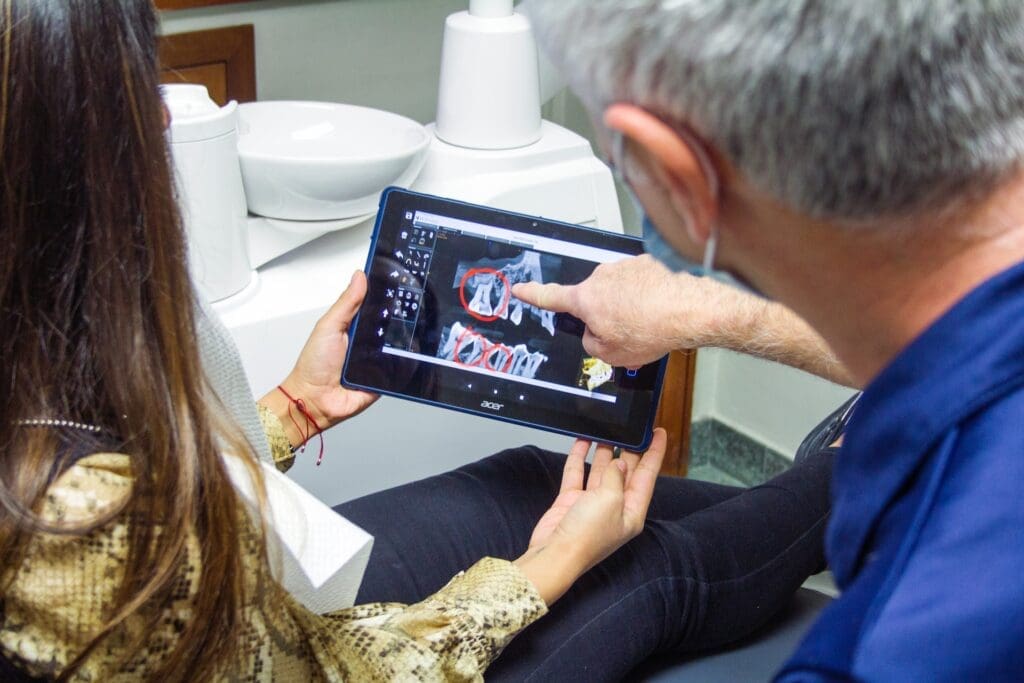You’re not the only one who has anxiety about getting a root canal as a dental emergency. Nevertheless, millions of root canal treatments are performed each year to repair or save an infected tooth.
They are surprisingly safe and effective, despite what you may have read or heard online.
By learning the truth about the procedure and busting common root canal myths, you can lessen your worry if your dentist in Melrose proposes that you get a root canal.
Myth: If You Have Tooth Pain, A Root Canal Is Always Required
Oral issues often don’t cause discomfort unless they’re rather significant.
As a result, there is a common misperception that every toothache necessitates a root canal. Several things could cause your toothache.
For instance, toothaches can be caused by gum disease, cavities, broken teeth, and sinus pressure. Your dentist or another healthcare professional should address each of these issues, although a root canal is not always required.
A root canal operation is only necessary if a tooth’s pulp is infected.
Myth: Root Canal Treatments Are Harmful
False information may be easily disseminated online. It’s important to put your faith in your dental professionals and to resist believing everything you read online.
Reliable scientific study has not found a link between root canals and an increase in disease or illness.
This myth was developed over a century ago based on questionable research that has since been proven false. Root canals are entirely safe and don’t spread illness, and it has been shown.
Myth: Having a Root Canal Is a Painful Process
The technology of today is amazing. Modern anesthetics and methods have made getting a root canal as easy as filling a cavity.
No more discomfort than when a cavity is filled will be experienced. Endodontists are trained in pain management and know how to make operations more comfortable for their patients.
A root canal removes the tooth’s damaged area, which helps soothe the pain of a toothache. You’ll experience less pain than you did before your root canal.
Myth: A Root Canal Isn’t Any Better Than a Tooth Extraction
There isn’t a tooth replacement that is perfect yet. Despite major advancements, dental implants can still not replace natural teeth functionally or aesthetically.
If possible, it’s usually preferable to preserve your natural tooth instead of having it pulled. A tooth can live a lifetime and still function and look its best after having a root canal.
The recovery time following a root canal is much quicker than following an extraction or dental implant placement. Furthermore, it doesn’t put the nearby teeth and supporting tissue at risk.
Getting Ready for a Root Canal
A dentist or an endodontist can perform a root canal. A root canal expert is an endodontist. Both of them will take an x-ray of the troublesome tooth to assess whether you require a root canal.
The first step is to administer a local anesthetic or sedative. Thanks to this, you won’t feel any pain or discomfort.
The diseased tooth is then isolated using a dental dam. As a result, there will be no saliva or debris to infect the surgery site.
Your dentist or endodontist will remove the tooth’s crown so the decayed and infected pulp inside the tooth can be drilled.
The roots of your tooth have undergone cleaning and shaping. You might receive antibiotics in addition to administering a drug to kill bacteria.
After the tooth has been cleansed and any infectious areas have been eliminated, a temporary filling is placed. You will need some time to recover before the permanent filling is applied.
The temporary filling is removed, and a permanent filling or crown is inserted at your second appointment. The root tube is also now filled and sealed.
Post-Procedure
There may be some stiffness and pain when the anesthesia wears off. You can use over-the-counter painkillers or get one from your dentist in Melrose Park.
You might need to take antibiotics if the infection gets to the tooth’s root.
Following your procedure, numbness is expected to continue for 2-4 hours. We suggest waiting to eat till the numbness is completely gone.
By eating softer foods and using the opposite side of your mouth to chew, you can reduce any discomfort you have in the first few days after your root canal.
Lastly, don’t forget to continue to practice good dental hygiene!
Conclusion
Root canals have been given a bad reputation, with many myths and misconceptions surrounding them.
In reality, root canals are a safe and effective procedure that provides relief from pain and discomfort caused by inflammation and infection. They are usually no more uncomfortable than getting a filling, and the process is often completed in one or more visits.
Furthermore, many people experience improved oral health following a root canal, as it eliminates the infection, improves the functioning of the affected tooth, and saves it from being extracted.
For these reasons, it is important not to believe the myths about root canals and to be informed about the reality of the procedure and its benefits.
Melrose Dental Group offers some of the best dental services in Melrose. We offer a range of dental procedures and customize each to the patient’s needs. Make an appointment with our dentist for a dental emergency as soon as possible!

